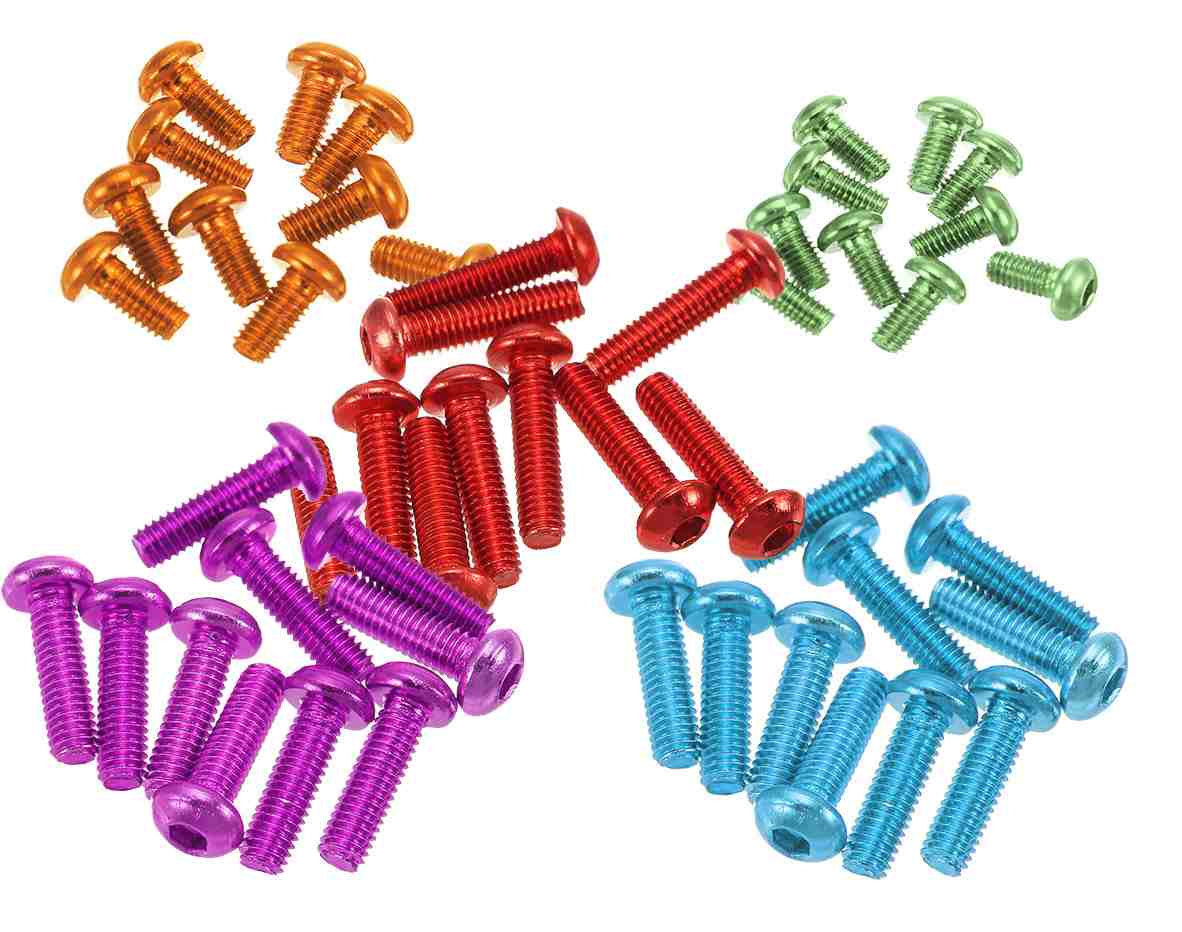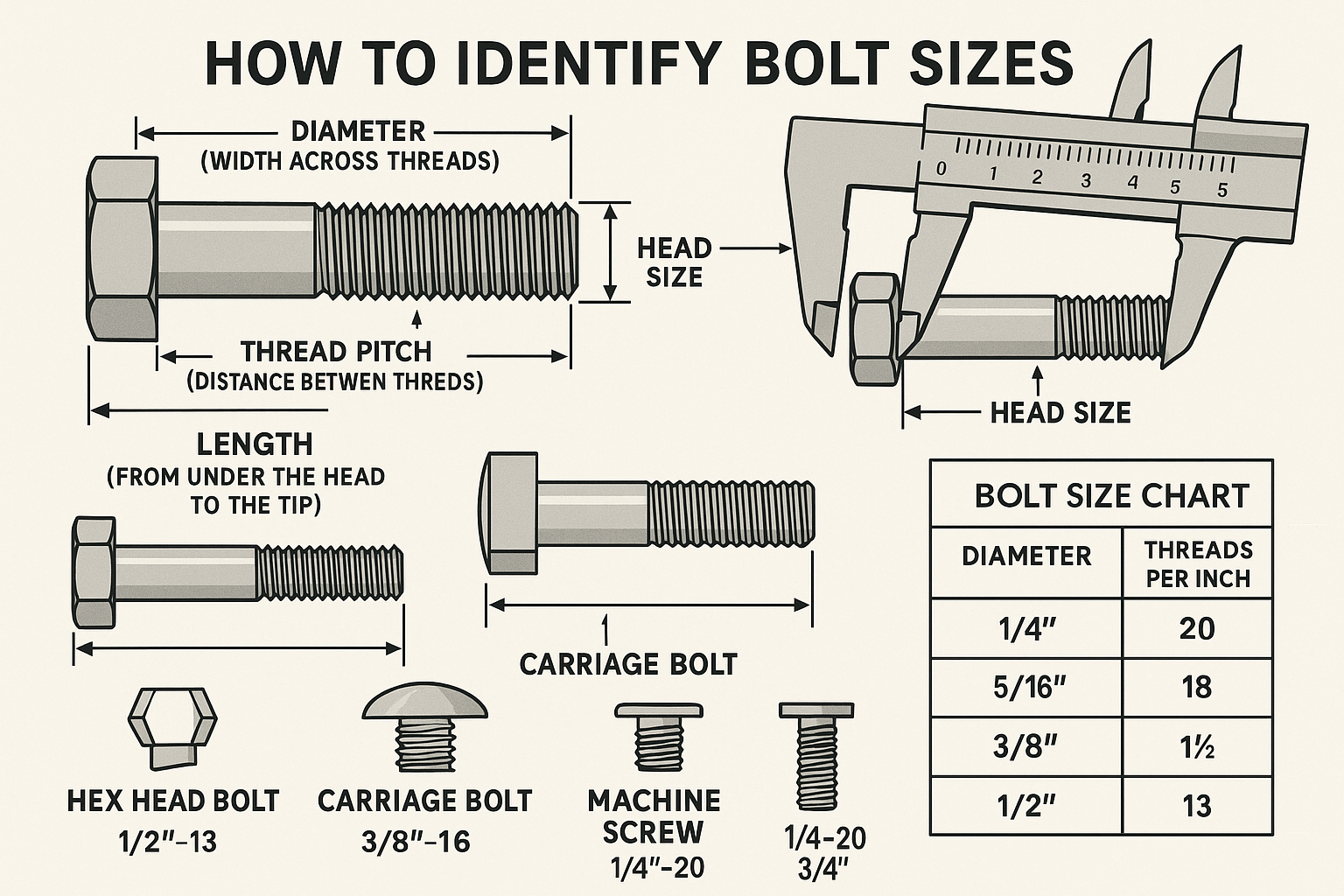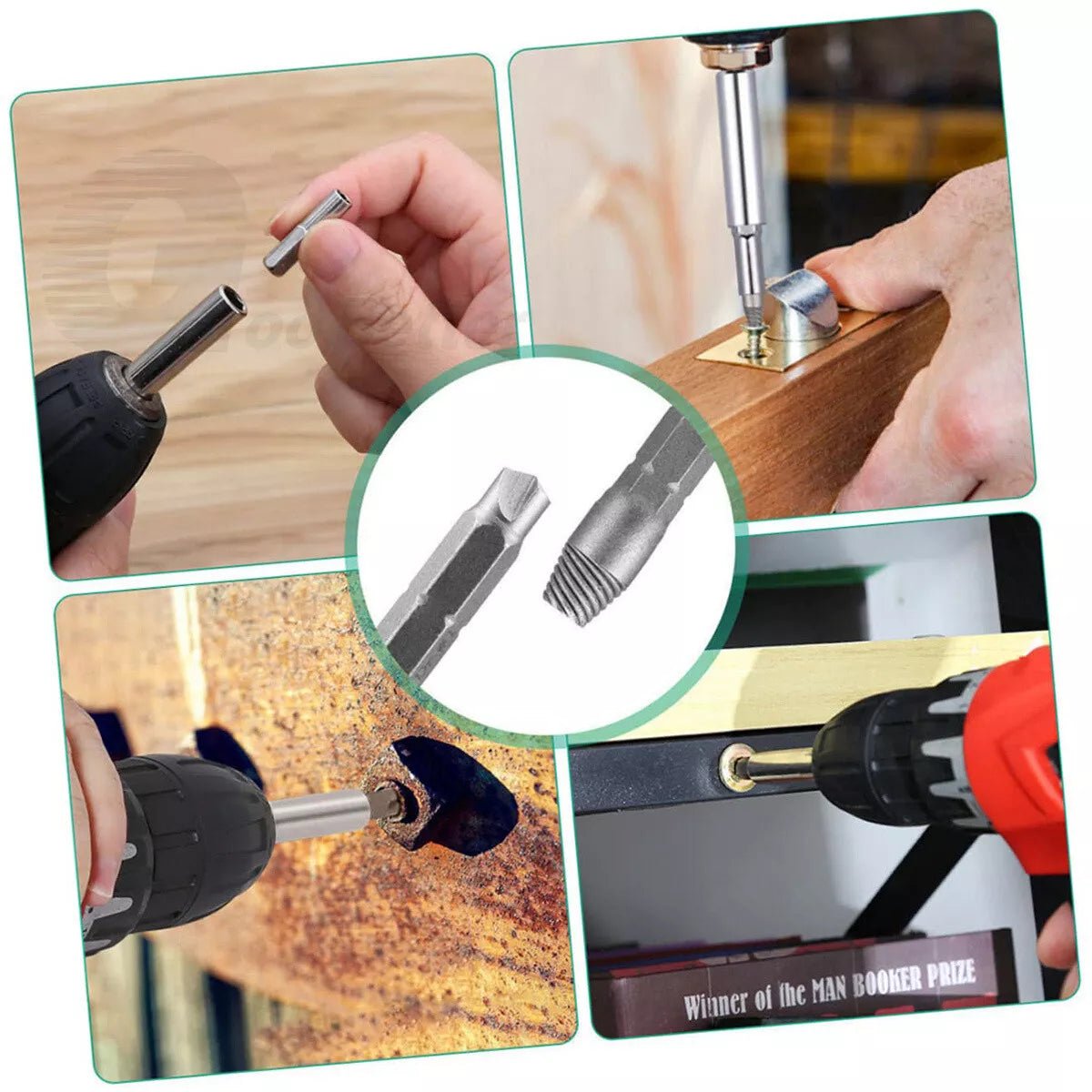Summary
This comprehensive guide answers the core question: What are aluminum screws used for? You’ll learn why designers, hobbyists, and manufacturers choose aluminum screws for lightweight assemblies, corrosion resistance in certain environments, aesthetic builds, and where their limitations lie. The article covers material grades, anodizing and color options, installation tips, comparisons with steel and brass fasteners, maintenance, and practical project examples. For an immediate, attractive option for small projects, see our M3 Aluminum Alloy Colorful Anodizing Hex Socket Button Head Screws.
1. What are aluminum screws?
Aluminum screws are threaded fasteners manufactured from aluminum or aluminum alloys. Unlike common steel screws, aluminum fasteners prioritize lower density (lightweight), electrical conductivity, and, in many cases, corrosion resistance when paired with the right finish. They come in the same broad families of head styles (flat, pan, button, hex socket, countersunk) and thread forms as other screws, but the material properties differentiate how and where they’re used.

Quick technical snapshot:
- Density: About one-third the density of steel — excellent for weight-sensitive applications.
- Tensile strength: Lower than alloy steel and stainless steel; tensile performance depends heavily on the specific aluminum alloy.
- Corrosion: Aluminum forms a passive oxide layer (Al₂O₃) that offers some protection; anodizing or coatings improve performance significantly.
- Conductivity: Good electrical and thermal conductivity compared to steel, useful in certain electronics/thermal designs.
Because aluminum is softer than steel, typical aluminum screws are best suited for applications where extreme shear loads or high torque resistance aren’t the primary requirement. That said, technological improvements in aluminum alloys and surface treatments have expanded their usefulness significantly.
2. Why use aluminum screws? Advantages & trade-offs
Key advantages
- Lightweight — Aluminum's low density makes screws ideal for aerospace models, lightweight enclosures, and portable products.
- Appearance & colorability — Aluminum is often anodized and dyed, producing vibrant, durable finishes for consumer products and visible hardware.
- Corrosion resistance in many environments — The natural oxide layer plus anodizing or coatings, lends good protection in non-chloride environments.
- Non-magnetic — Useful in electronic and medical applications where magnetism is a concern.
- Thermal & electrical conductivity — Makes aluminum fasteners useful in certain heat-sink and ground-plane designs.
Trade-offs and limitations
- Lower strength — Aluminum screws have lower tensile and shear strength than their steel counterparts.
- Thread stripping risk — In soft materials or under high torque, threads can strip more easily than steel fasteners.
- Galvanic corrosion concerns — When aluminum contacts certain other metals (like copper or some stainless steels) in wet environments, galvanic corrosion can be an issue unless insulated or properly coated.
- Temperature limitations — At high temperatures, mechanical properties degrade faster than some steels.
The decision to use aluminum screws is therefore a trade-off between weight, aesthetics, electrical/thermal needs, and load-bearing requirements. For visible, lightweight assemblies—think camera rigs, bicycle accessories, decorative panels, electronics housings—aluminum often wins.
3. Types, alloys & grades of aluminum screws
Not all aluminum is the same. Fasteners are usually made from specific aluminum alloys formulated for strength and corrosion resistance. Below is a summarized table that shows common alloys and their rough suitability.
| Alloy | Characteristics | Common uses |
|---|---|---|
| 1000 series (pure Al) | Very soft, excellent corrosion resistance, great conductivity | Electrical parts, low-strength decorative screws |
| 5000 series (Al-Mg) | Good corrosion resistance, moderate strength | Marine-grade components, lightweight structural parts |
| 6000 series (Al-Mg-Si) | Good strength and formability, anodizes well | General-purpose hardware, extrusions, fasteners |
| 7000 series (Al-Zn) | Higher strength (closest to steel), less corrosion resistant unless treated | High-strength applications; fewer fasteners due to cost |
For most consumer aluminum screws, you'll see 6000-series alloys or specially formulated 5000-series alloys. These hit a sweet spot of strength, machinability, and finishability (anodizing).
Head styles & drives
Aluminum screws come in the standard head types: countersunk (flat), pan, button, socket (hex/allen), and button-head hex socket — the latter being common for visible, finished hardware. Drive types include Phillips, slotted, Torx, and hex socket. Hex-socket and Torx drives are popular because they distribute torque well and reduce cam-out (slipping), which is helpful when using softer materials.
4. Common applications — where aluminum screws shine
Aluminum fasteners are chosen when one or more of the following is important: light weight, corrosion resistance in specific environments, aesthetics (colored or anodized finishes), electrical conductivity, or non-magnetic behavior. Below are major application categories with concrete examples.
Electronics & consumer devices
Lightweight aluminum screws are frequently used in electronics housings, audio equipment, and laptop/phone accessories where metal-to-metal fastening is required but magnetic or heavy steel screws are undesirable.
Aerospace models & UAVs (drones)
Model aircraft, UAVs, and other lightweight assemblies use aluminum hardware to reduce overall mass — every gram saved improves flight time and performance.
Marine trim and non-structural components
In saltwater, stainless steel is often preferred, but for interior trim and components where a protective coating is applied, certain aluminum alloys perform well. Designers use aluminum for lightweight boat hardware, deck fixtures, and decorative fasteners (when anodized).
Architecture & visible hardware
When appearance matters — exposed hardware on consumer products, furniture, signage — anodized aluminum screws provide a clean, colorful finish that coordinates with panels and frames.
Automotive aftermarket & aesthetics
For interior trim, gauges, or small accessory mounts where loads are moderate, aluminum screws allow for quick weight savings and color-matched aesthetics.
Sporting goods & bicycles
Lightweight fasteners are used on certain bicycle components, outdoor gear, and camping hardware, though high-load parts still rely on steel or titanium.
DIY and home projects
For decorative panels, lightweight shelving, crafts, and 3D-printed enclosures, aluminum screws are frequently chosen for a balance of looks and utility. Our product link shows an example of colorful, anodized M3 button-head screws that are perfect for electronics and visible panel assembly: M3 Aluminum Alloy Colorful Anodizing Hex Socket Button Head Screws.
5. Design and engineering considerations for using aluminum screws
Engineers and designers consider a few specific factors before specifying aluminum fasteners:
Load & safety factors
Because aluminum has lower tensile and yield strengths than steel, parts designed with aluminum screws normally include larger safety margins. In high-load joints, designers often choose steel fasteners or alternative joining methods (rivets, bonded joints).
Thread engagement & hole preparation
For tapped holes in aluminum, adequate thread engagement is critical. Rule of thumb: aim for at least 1 to 1.5 times the screw diameter of engagement in aluminum; for blind holes, consider using helicoils or thread inserts for repeated assembly cycles.
Galvanic compatibility
Aluminum is anodic relative to many metals — meaning, when in electrical contact with a more noble metal (like copper or stainless steel) in the presence of an electrolyte, the aluminum may corrode preferentially. Avoid direct metal-metal contact in harsh, wet environments or add insulating washers/coatings.
Thermal expansion
Aluminum expands more than steel with temperature. For precision assemblies that see temperature swings, account for differential expansion in fastening strategy.
6. Coatings, anodizing & color options for aluminum screws
One of the most attractive benefits of aluminum fasteners is their finishability. Anodizing is especially popular because it thickens the oxide layer and allows dyeing — producing vivid, durable colors for visible hardware.
| Finish | Benefits | Typical uses |
|---|---|---|
| Anodized (Dye) | Durable color, improved corrosion resistance | Electronics, consumer goods, decorative hardware |
| Clear anodize | Matte metallic look, basic protection | Architectural fasteners |
| Powder coat / paint | Full color coverage, thicker layer | Outdoor trim, signage |
| Conversion coatings (e.g., Alodine) | Temporary corrosion protection; paint substrate | Aerospace prep, primer layers |
Our M3 anodized screws demonstrate how anodizing enables bright, color-matched hardware that remains durable in typical indoor use.
7. How to choose the right aluminum screws for your project
Use this short checklist when selecting an aluminum screw:
- Load requirements: Determine if the joint sees shear, tension, or vibration — if loads are high, prefer steel.
- Environment: Indoor, outdoor, marine — these affect alloy and finish choice.
- Appearance: Will the fastener be visible? Select anodized or colored finishes for aesthetics.
- Re-assembly frequency: Frequent assembly/disassembly favors thread inserts rather than bare aluminum threads.
- Compatibility: Avoid direct contact with dissimilar metals unless insulated in corrosive environments.
- Head & drive: Choose head style and drive type for torque control and tool access (hex socket is a good all-rounder).
If you want a practical starter set for electronics or visible assemblies, consider the product below — it covers a range of M3 sizes with anodized finishes suitable for panels and enclosures:
M3 Aluminum Alloy Colorful Anodizing Hex Socket Button Head Screws
8. Installation best practices & torque guidance for aluminum screws
Pre-drilling & pilot holes
For tapping into aluminum parts or into softer materials like wood and plastic, pilot holes help prevent cracking and strip-out. When tapping threads directly into aluminum, follow recommended tap drill sizes for the specific thread (e.g., for M3 screw tapping, a ~2.5mm pilot is common).
Torque control
Because aluminum threads can strip, control torque carefully. If you have a torque driver, use lower torque settings than you would for steel screws. Below is a rough torque guidance table — these numbers are indicative and should be validated for your assembly and alloy.
| Screw size | Typical safe torque (Nm) | Notes |
|---|---|---|
| M2 | 0.2 - 0.5 | Small electronics screws — low torque |
| M3 | 0.6 - 1.2 | Common for small enclosures and panels |
| M4 | 1.5 - 2.5 | Moderate loads; check thread engagement |
| M5 | 3.0 - 5.0 | Use inserts for heavy service |
Using inserts & helicoils
For assemblies that will be disassembled often or that carry higher loads, use thread inserts (e.g., helicoils, Keenserts, or pressed-in aluminum/steel inserts). These solutions protect aluminum threads and extend service life.
Lubrication & anti-seize
For dissimilar metal contact in humid or marine environments, consider appropriate anti-seize compounds (non-silicate, aluminum-compatible) to reduce galling and corrosion. However, remember that lubricants can affect torque values; compensate accordingly.
9. Aluminum screws vs steel / stainless / brass — comparison
| Property | Aluminum screws | Steel screws | Stainless steel screws | Brass screws |
|---|---|---|---|---|
| Weight | Low (lightweight) | High | High | Moderate |
| Strength | Low to moderate | High | Moderate to high | Low |
| Corrosion resistance | Good (with anodize/coating) | Poor (unless plated) | Excellent (for many environments) | Good (non-sparking, decorative) |
| Appearance | Excellent (anodize color) | Plain unless coated | Matte/bright | Warm gold color |
| Cost | Low to moderate | Low | Moderate to high | Moderate |
| Electrical conductivity | Good | Poor | Poor | Poor |
In short: choose aluminum screws when weight, appearance, or conductivity matter; choose steel/stainless when strength and heavy-load performance are critical.
10. Maintenance, longevity & failure modes for aluminum screws
Common failure modes
- Thread stripping — Over-torquing or insufficient thread engagement.
- Corrosion from dissimilar metals — Galvanic attack in moist conditions without insulation or coating.
- Fatigue failure — Repeated cyclic loads can cause crack initiation, especially in thinner cross-sections.
Maintenance tips
- Inspect visibly exposed aluminum fasteners periodically for corrosion or loosening.
- Re-torque small fasteners to their spec after initial assembly (a 'run-in' check).
- Replace damaged anodized screws (cosmetic damage can indicate deeper wear).
- Use protective coatings or isolation washers where different metals meet.
11. Practical case studies & project examples using aluminum screws
Below are several real-world scenarios showing how aluminum screws are used effectively.
Case study A — Custom camera rig
A content creator built a lightweight camera rig for travel. By using anodized M3 and M4 aluminum screws for accessory brackets and plate mounts, the rig saved several hundred grams without losing stability. Aluminum's non-magnetic property also prevented interference with compass sensors in certain gear.
Case study B — Electronics enclosure
An engineer selected aluminum screws for a visible panel on a consumer audio preamp. Anodized red screws matched the control knobs, creating a premium aesthetic. The screws also helped with heat conduction away from a small heatsink area.
Case study C — Decorative signage
For an indoor retail installation, designers used colorful anodized aluminum fasteners to affix panels. Since the installation was indoors and not structural, aluminum's lightweight and appearance advantages made it the obvious choice.
Case study D — 3D-printed prototypes
Makers who assemble 3D-printed enclosures often choose aluminum screws for panel fastening. The lightweight screws reduce stress on printed threads, and anodized finishes give a polished look.
12. Frequently asked questions about aluminum screws
- 1. Are aluminum screws strong enough for structural applications?
- Generally no — for high-load structural applications prefer steel or stainless steel. Aluminum screws are suitable for light to moderate loads and where weight or appearance matters.
- 2. Can aluminum screws be used outdoors?
- Yes, in many cases — especially when anodized or coated. However, in harsh marine/saltwater environments stainless steel is often a better long-term choice unless the aluminum alloy and finish are specifically rated for marine use.
- 3. Will aluminum screws corrode when used with other metals?
- It depends. When aluminum contacts more noble metals (copper, stainless steel) in the presence of an electrolyte, galvanic corrosion can accelerate. Use isolation measures (washers, coatings) or select compatible materials.
- 4. What’s the best way to avoid stripping an aluminum thread?
- Use correct pilot hole size, limit torque, consider thread inserts for frequent assembly/disassembly, and choose proper engagement length (at least 1× diameter or more for soft base materials).
- 5. Are anodized aluminum screws safe to use on painted surfaces?
- Yes — anodized surfaces are stable and generally don’t stain paint. Still, test in a discrete area if concerned about dye transfer on light or porous paints.
13. Conclusion — Should you use aluminum screws?
If your priority is lightweight construction, attractive finishes, non-magnetic behavior, or electrical/thermal conductivity, aluminum screws are an excellent choice. They are widely used in electronics, aesthetic fixtures, prototype builds, and wherever weight and appearance matter. However, if you need maximum strength, fatigue resistance, or long-term exposure to harsh corrosive conditions without special coatings, steel or stainless steel may be better.
For small-scale projects, consumer electronics, and decorative assemblies, anodized aluminum screws offer a clean, professional look while remaining practical. Browse our selection to find a convenient starter pack that balances aesthetic and utility:








